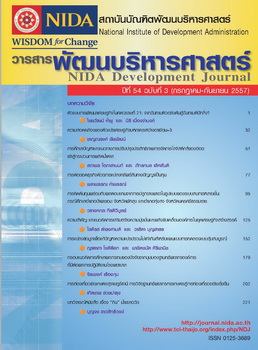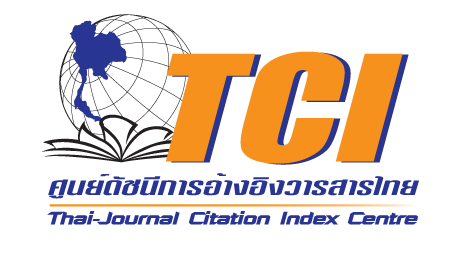Costs and Benefits Gained from Planting Para Rubber in the form of System of Simultaneous Equations: A Case Study of Pa Phayom District, Phatthalung Province and Thung Song District, Nakhon Si Thammarat Province
DOI:
https://doi.org/10.14456/ndj.2014.28Keywords:
costs of rubber planting, benefits gained from rubber selling, system of simultaneous equations.Abstract
The objectives of this research are to investigate factors that affect the costs of planting and benefits gained from rubber selling, and then generating simultaneous equations model. Interview was used to gather information by two-stage sampling to get 391 rubber smallholder families in Pa Phayom District, Phatthalung Province and Thung Song District, Nakhon Si Thammarat Province. The results found that, the average costs and benefits gained per rai per month are 423.01 and 2,003.47 Bahts, respectively. A system of forecasting equations can be shown as follows:
Ŷ1 = 1,294.7416 – 1,146.3597X14 + 48.1285X16_1,
Ŷ2 = 858.59397 – 0.81145Y1 + 0.051X6 + 53.98444X11 – 72.38626X12_2 + 385.56038X15_2 + 856.106X16_1 + 695.29398X16_2 ,
where Y1 and Ŷ1 represent the cost and its forecasting value (Baths / rai / month), respectively,
Ŷ2 represents the forecasting value of benefit (Baths / rai / month),
X6 represents the number of rubber trees (trees),
X11 represents the number of days that can rubber tapping per month (days),
X12_2 represents the area of rubber plantation (plain area represented by 1, if not represented by 0),
X14 represents the method of rubber tapping (by owner represented by 1, if not represented by 0),
X15_2 represents the rubber clone (BPM24 represented by 1, if not represented by 0),
X16_1 represents the most common forms of rubber selling (rubber sheet represented by 1, if not represented by 0),
X16_2 represents the most common forms of rubber selling (fresh latex represented by 1, if not represented by 0).





